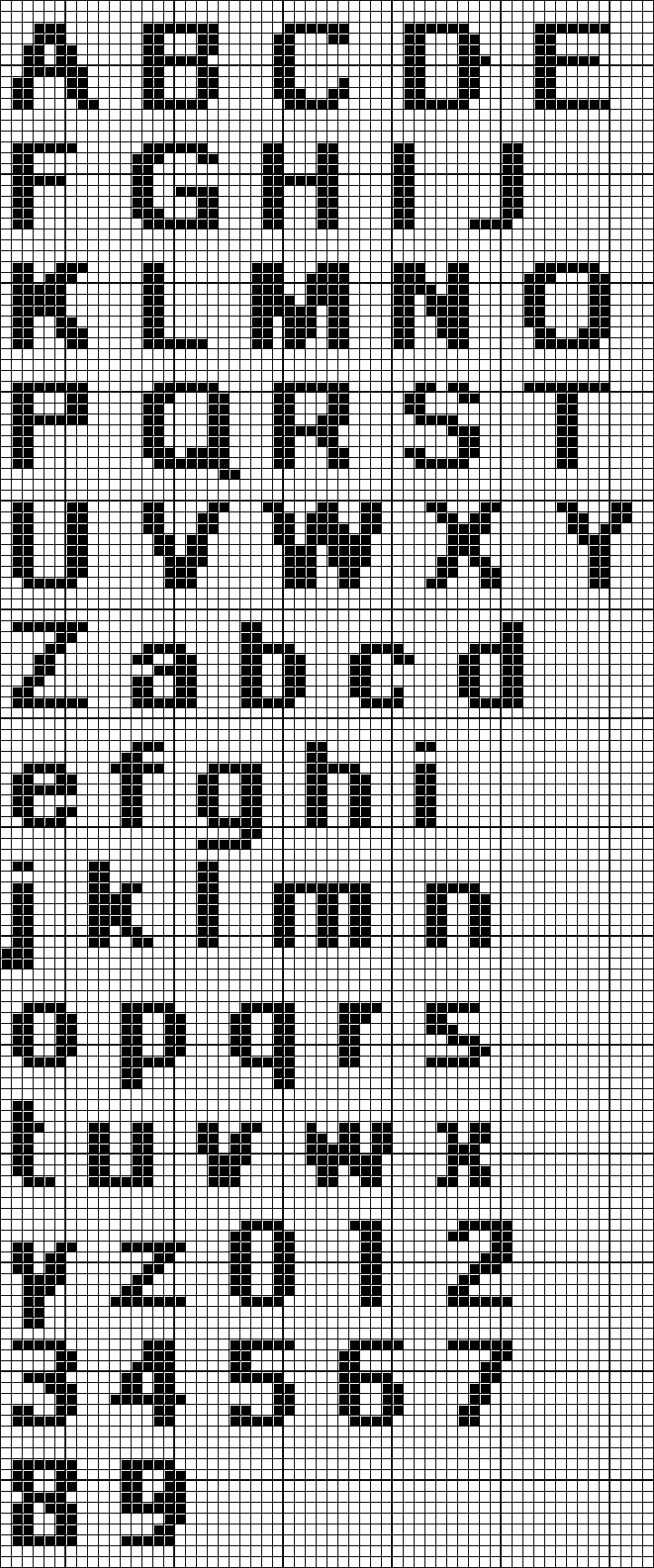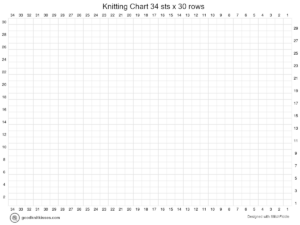
We prefer knitting in the round when using charts, so our chart rows are always numbered up the right side. While we’ve used shaded boxes for the motif stitches and white boxes for the background, remember that you can also use a dark background and a light motif yarn. You can create an all-over pattern or create a border. You can add one solo motif or repeat the motif. You can use the whole chart or just parts of a chart. Top right: We duplicate stitched a single snowflake onto our Turkish Bed Socks.īottom left (background): We used Fair Isle to knit a snowflake pattern into our Hot Water Bottle Cozy.īottom left (foreground): We duplicate stitched and centered a snowflake on our Basic Christmas Stockings cuff.īottom right: On our Hot Water Bottle Cozy we knit in pairs of Scotties front and back in stranded two-color knitting adding 2 more stitches between the Scotties' noses and 8 more at each side. Top center: We knit adorable hearts into our Hot Water Bottle Cozy pattern, using Rowan Kid Classic in color Nightly for the background and Cherry for the hearts. Top left: Our Seed Stitch Cozy is shown in Lamb’s Pride Worsted yarn in duplicate stitch with a button ball. We’ve used charts on many of our Churchmouse At Home and Classics patterns. The possibilities are endless! You won't look at graphic motifs the same way again.
DUPLICATE STITCH LETTER CHART HOW TO
Once you understand how to use a chart, you can turn any graphic into a chart by “painting with pixels” (as Karen calls it) on graph paper. The possibilities are endless! You can even use charts for tiny cross-stitch on linen.


Or you can work your chart in duplicate or cross-stitch after the fact to spiff up your own or store-bought knitted items. Knitting one into a stockinette-stitch project is a fun way to add a little pizzazz. I think it would help make it hang well, and it would add an orange frame that would make this thing show up better on our white door at MDK World Headquarters.Even newer knitters enjoy using the simple two-color charted motifs found in traditional Northern European knitting designs. I’m still on the fence about adding a log cabin border. I can think of all sorts of things I’d like to chart up now. Reminder that Stitch Fiddle is the app that I used to convert the MDK logo into a knitting chart. It’s still pixelated, but you can see what I’m talking about here: Curves look better when knitted than they do on the chart. Edges will be toothier because each stitch is a V, not a rectangle. Remember that your chart is not an accurate representation of how it will look knitted. Because the stitches in this logo are stacked vertically or horizontally, the legs of each duplicate stitch pull one way or the other. There’s a fair amount of noodging and afteryanking. You’re adding a second stitch on top of an already-existing stitch, so there’s a challenge here to make the new stitch cover the old one completely and evenly. This is not needlepoint you crank by the yard. Your stockinette background is the grid your chart is your guide to where you’ll be stitching onto that grid.ĭo not rush. This will take practice.” Man, if that isn’t advice for living, I just don’t know what is. Don’t leave too loose or your stitches will hang. My favorite instruction in here: “Don’t pull too tightly or you will have a crumple. Here’s the most succinct one I could find, thanks to Wikihow. Some of you asked for a tutorial in duplicate stitch. I like the dimensionality of the letters but think it will flatten once I do some stuff to it. I just finished up the K, and I haven’t blocked this yet. In short: it takes less time than you might think to knit up a sign and duplicate-stitch a logo.

( Here’s where this cockamamie project began.)

DUPLICATE STITCH LETTER CHART UPDATE
We begin today with an update on the MDK door sign project.


 0 kommentar(er)
0 kommentar(er)
